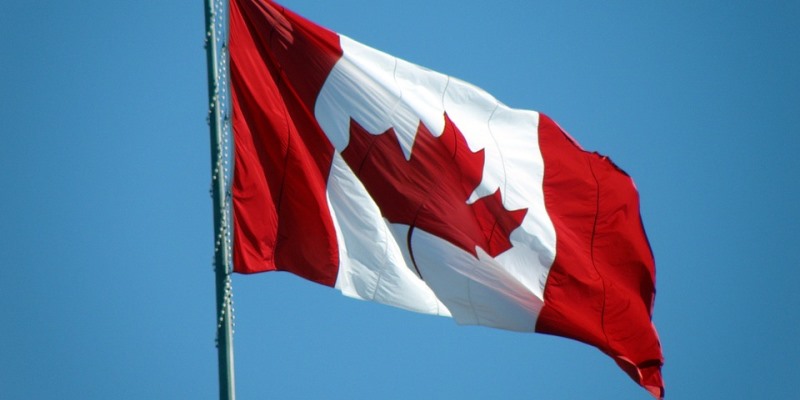Eco-group presents a few strawmen and two red herrings

The Ecofiscal Commission, which pushes pollution pricing, recently released a report called “10 myths about carbon pricing in Canada,” which fails to live up to its title.
For example, it claims that some people propagate the myth that “putting a price on pollution is a new, untested idea.” Who says that? Economists have been discussing the idea since the 1920s when British economist Arthur C. Pigou first proposed pricing externalities as a way of remediating third-party damages to a two-party transaction. As the report notes, emission pricing is also well-understood in practice. The United States used a version of emission pricing to tackle SO2 emissions (from coal power plants) that were causing acid rain. California also used emission trading to reduce emissions of nitrogen oxides and sulfur oxides as well. So much for a “new, untested idea.”
Now, there are new aspects to greenhouse gas (GHG) pricing, but the Ecofiscal report ignores them. Unlike SO2, SOx or NOx, greenhouse gases are not localized in one jurisdiction or limited to only a few economic sectors. GHG emissions are global, transcending national borders. And policies aimed at GHG emissions affect the very root of our economy—fossil fuel use. We have historical examples of governments trying to make major changes in energy markets—the federal National Energy Program in the 1980s, the recent Green Energy Plan in Ontario. Both had disastrous unintended consequences, so it’s understandable that people are reluctant to embrace another big government plan to make energy more expensive. At the very least, the concerns must be understood and debated, not dismissed as “myths.”
Myth number two, that “only very high carbon prices are effective,” is also disingenuous, because the report does not define what “effective” means. If the bar is set low enough, any carbon tax is “effective” since it causes some emission reduction. Virtually everyone agrees that if you raise the cost of something, people will use less of it, at least somewhat, if there are available substitutes for the thing you’re taxing. But the federal government has committed under the Paris treaty to very deep emission reductions. And making significant reductions using carbon pricing will require much higher costs than the introductory rate.
In a study for the Macdonald-Laurier Institute, Fraser Institute senior fellow Ross McKitrick modelled what price would be necessary to reduce motor vehicle GHG emissions by 30 per cent. The answer? Gasoline would need to rise to $2.30 per litre, and emission reductions would cost $195 per tonne. It’s legitimate to ask, how high will the government raise the tax once it’s in place? On this point, there has been a disturbing lack of detail.
Myth number three is also quite dubious: “Carbon pricing will cost Canadian families.” Are the Ecofiscal folks saying it won’t? No, what they mean is some of the costs can be offset with rebates; so in that sense it’s not a myth at all. While it’s true rebates can limit the harm to households, other sectors of the economy—small businesses, service businesses, etc.—will have to make up the difference. And the costs of doing so will show up in higher prices for households. Writing in the University of California policy school blog, economist Jennifer Winters estimated the impact on households of the $50 per tonne tax that will come in in 2022. The bill is not small. Estimated costs ranged from $603 per household per year to $1,100 per household per year in British Columbia.
These could be high-end estimates if governments and market forces allow households to reduce GHG emissions, but these are starting estimates.
Myth number four, that “carbon pricing hurts jobs,” is also anything but a myth. As Fraser Institute economists Niels Veldhuis and Elmira Aliakbari showed, when the $50/tonne federal carbon tax is fully implemented, the Parliamentary Budget Office estimates it will reduce the annual level of economic activity (GDP) by 0.45 per cent. Over a five-year period this works out to $52 billion in lost economic activity. For an average Canadian family of four, that means a loss of nearly $5,500.
It’s implausible to suppose this will have no employment effects, especially since our major trading partners and competitors are not following suit. The Ecofiscal commission points to research that shows workers changed sectors in response to the B.C. carbon tax, but doesn’t mention that the jobs lost tended to be in higher-paying manufacturing and resource sectors and the jobs gained were in service and public-sector employment.
Myth number five, “Big polluters are getting a break” is also less than mythical. In fact, they will only face a tax on emissions over the industry “average” emissions per unit of output, which is the very definition of getting a break. This part of the Ecofiscal report indeed confirms the point that big emitters only pay the charge on the fraction of emissions above a threshold. As Greg Quinn reports in the Financial Post, most firms that produce 50 megatons of CO2 will not be taxed until their emissions reach 80 per cent of the average within their industry. That exemption rises to 90 per cent for industries at high risk—which happens to be major sources of emissions (steel production, cement production, fertilizer production, etc.).
We’ll review myths six to 10 in a subsequent post.
Author:
Subscribe to the Fraser Institute
Get the latest news from the Fraser Institute on the latest research studies, news and events.

